Why I Love Ngaio Marsh
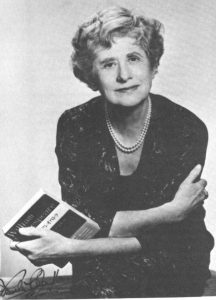 Ngaio Marsh (1895-1982), was one of the four cornerstones of British Crime fiction in the 30’s and 40’s, and that is reason enough to love her. Along with Agatha Christie, Dorothy Sayers and Margery Allingham, they were the original Queens of Crime, reshaping the puzzle based mystery and adding the bonus of continuing characters readers grew to love. Christie’s Poirot and Marple, Sayers’ Peter Wimsey, Allingham’s Albert Campion and Marsh’s Roderick Alleyn are some of the best known British detectives ever created.
Ngaio Marsh (1895-1982), was one of the four cornerstones of British Crime fiction in the 30’s and 40’s, and that is reason enough to love her. Along with Agatha Christie, Dorothy Sayers and Margery Allingham, they were the original Queens of Crime, reshaping the puzzle based mystery and adding the bonus of continuing characters readers grew to love. Christie’s Poirot and Marple, Sayers’ Peter Wimsey, Allingham’s Albert Campion and Marsh’s Roderick Alleyn are some of the best known British detectives ever created.
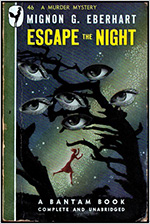 She knew that something was happening in the house.
She knew that something was happening in the house. Every couple years the “public” rediscovers Agatha. As there’s a new film of Murder on the Orient Express due in the fall, non-crime readers have been looking for that particular book. In general, however, Christie remains our bestselling author as her appeal is timeless. I was thinking about the innovations she brought to crime fiction and thought about her plots, for which she is justly famous.
Every couple years the “public” rediscovers Agatha. As there’s a new film of Murder on the Orient Express due in the fall, non-crime readers have been looking for that particular book. In general, however, Christie remains our bestselling author as her appeal is timeless. I was thinking about the innovations she brought to crime fiction and thought about her plots, for which she is justly famous.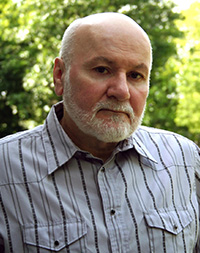 Loren D. Estleman feels as though he’s as integral to Aunt Agatha’s as our purple paint or over-stuffed bookshelves. We’ve been lucky enough to have known him for almost 25 years now. When we first met he was newly married to the lovely Debi, and ever since then he’s continued to write book after wonderful book.
Loren D. Estleman feels as though he’s as integral to Aunt Agatha’s as our purple paint or over-stuffed bookshelves. We’ve been lucky enough to have known him for almost 25 years now. When we first met he was newly married to the lovely Debi, and ever since then he’s continued to write book after wonderful book.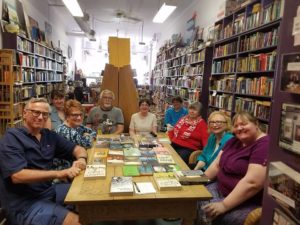
 I recently read two great true crime narratives, The Red Parts: Autobiography of a Trial by Maggie Nelson and Jane Doe January: My Twenty Year Search For Truth and Justice by Emily Winslow, that started me thinking about the evolving way we look at crime. Both books demonstrate the seismic effect that advances in DNA testing have had on both prosecuting and narrating crime stories.
I recently read two great true crime narratives, The Red Parts: Autobiography of a Trial by Maggie Nelson and Jane Doe January: My Twenty Year Search For Truth and Justice by Emily Winslow, that started me thinking about the evolving way we look at crime. Both books demonstrate the seismic effect that advances in DNA testing have had on both prosecuting and narrating crime stories.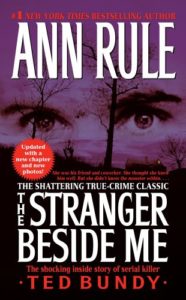 Most people on the planet know the “Ted Bundy” story (unfortunately). That alone does not make Ann Rule’s The Stranger Beside Me a true crime classic, though she relates the details of the case in her typically clear, well-told storytelling style. She’s one of the best in the biz, and this book illustrates the reason why. And on her telling of Bundy’s story alone, this would be a great true crime book. What takes it to the next level and makes it unique is the friendship she had with Ted Bundy, far pre-dating his notoriety. It’s her own change of feelings and attempt to understand what happened that make this book a standout.
Most people on the planet know the “Ted Bundy” story (unfortunately). That alone does not make Ann Rule’s The Stranger Beside Me a true crime classic, though she relates the details of the case in her typically clear, well-told storytelling style. She’s one of the best in the biz, and this book illustrates the reason why. And on her telling of Bundy’s story alone, this would be a great true crime book. What takes it to the next level and makes it unique is the friendship she had with Ted Bundy, far pre-dating his notoriety. It’s her own change of feelings and attempt to understand what happened that make this book a standout.